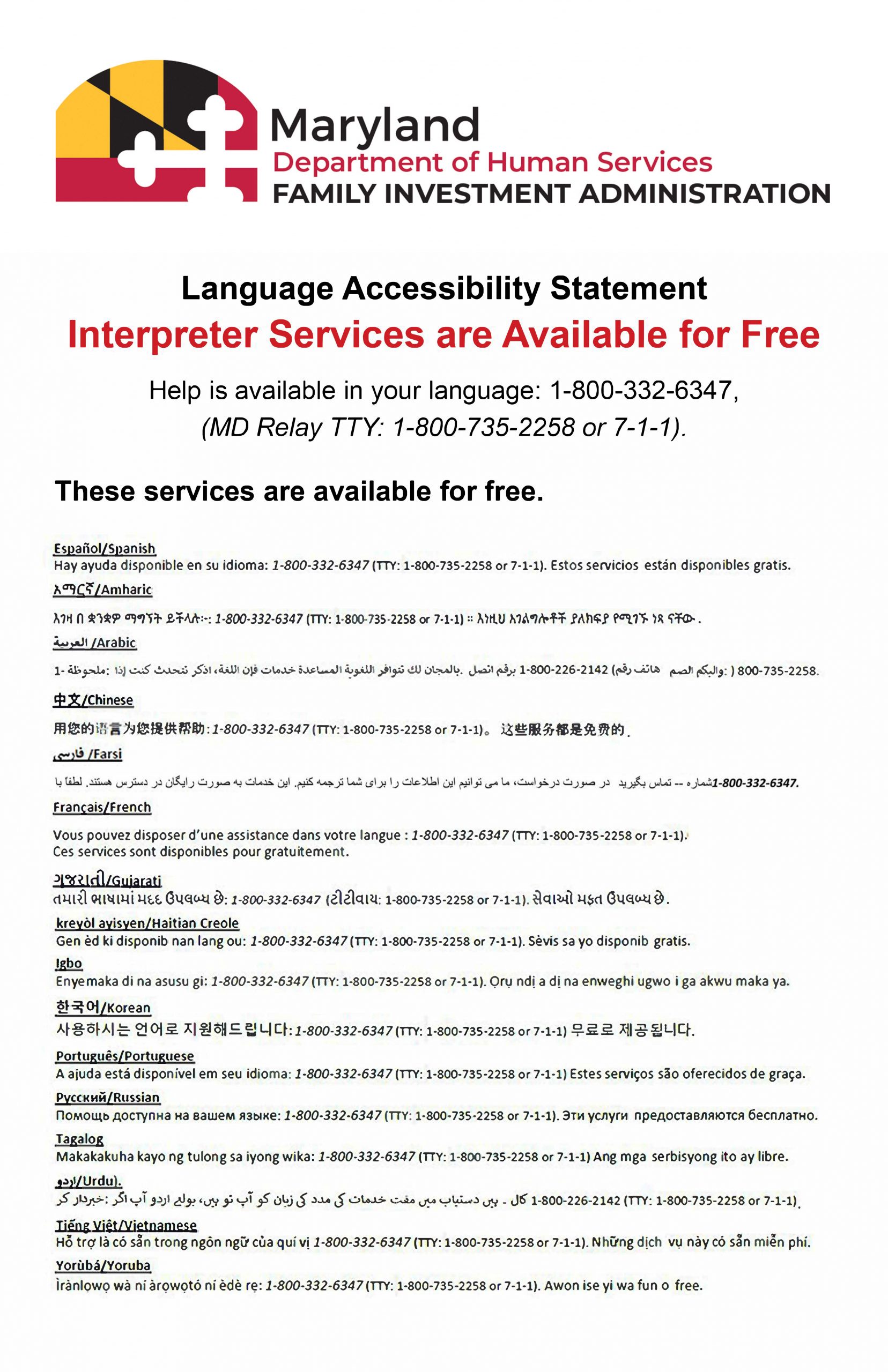About the Supplemental Nutrition Assistance Program (SNAP)
The Supplemental Nutrition Assistance Program (SNAP) helps low income people buy the food they need for good health. You may be able to get SNAP benefits if you:
- work for low wages,
- are unemployed or work part time,
- receive Temporary Cash Assistance (TCA) or other public assistance payments,
- are elderly or disabled and live on a small income, or
- are homeless.
Local departments of Social Services run the program through their local offices. The following basic rules apply in most States, but a few States have different rules.
The amount of SNAP benefits you can get is based on the U.S. Department of Agriculture’s Maximum Allotment, which is an estimate of how much it costs to buy food to prepare nutritious, low-cost meals for your household. This estimate is changed every year to keep pace with food prices.
The Supplemental Nutrition Assistance Program defines a household as a group of people who live together and buy food and prepare meals together. If your household passes the program’s eligibility tests, the amount of food benefits you get will depend on the number of people in your household and on how much monthly income is left after certain expenses (deductions) are subtracted.
For most households, SNAP benefits are only part of their food budgets; they must spend some of their own cash along with their food benefits in order to buy enough food for a month.
For more information or to apply for the Supplemental Nutrition Assistance Program, you should contact your local department of social services.


